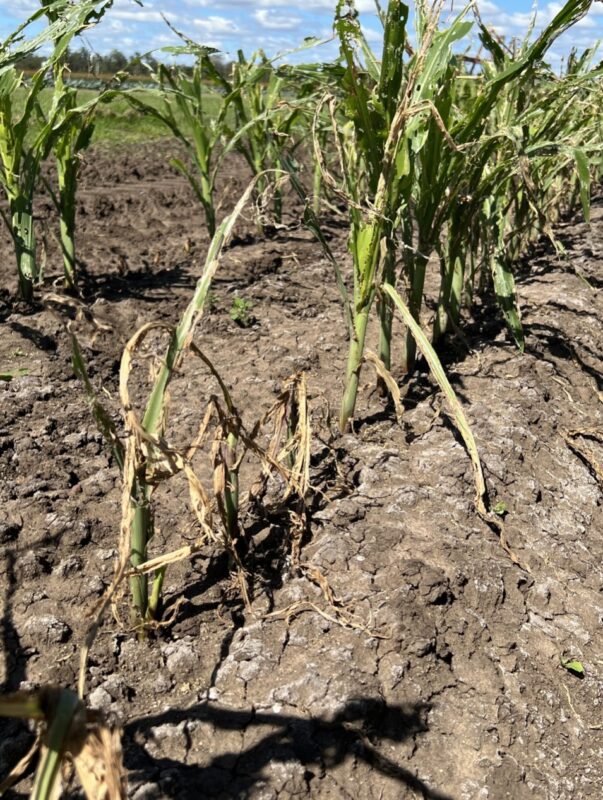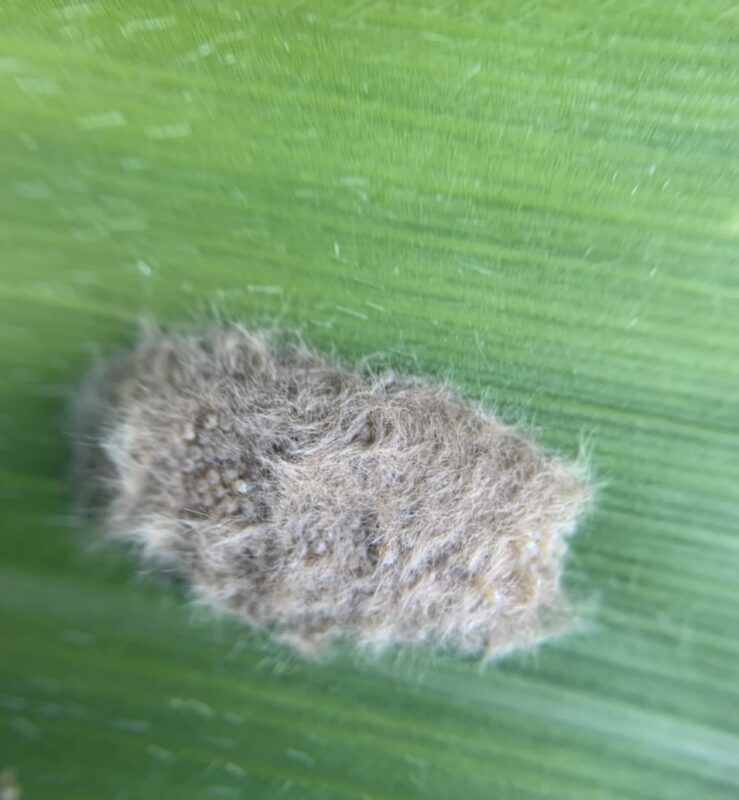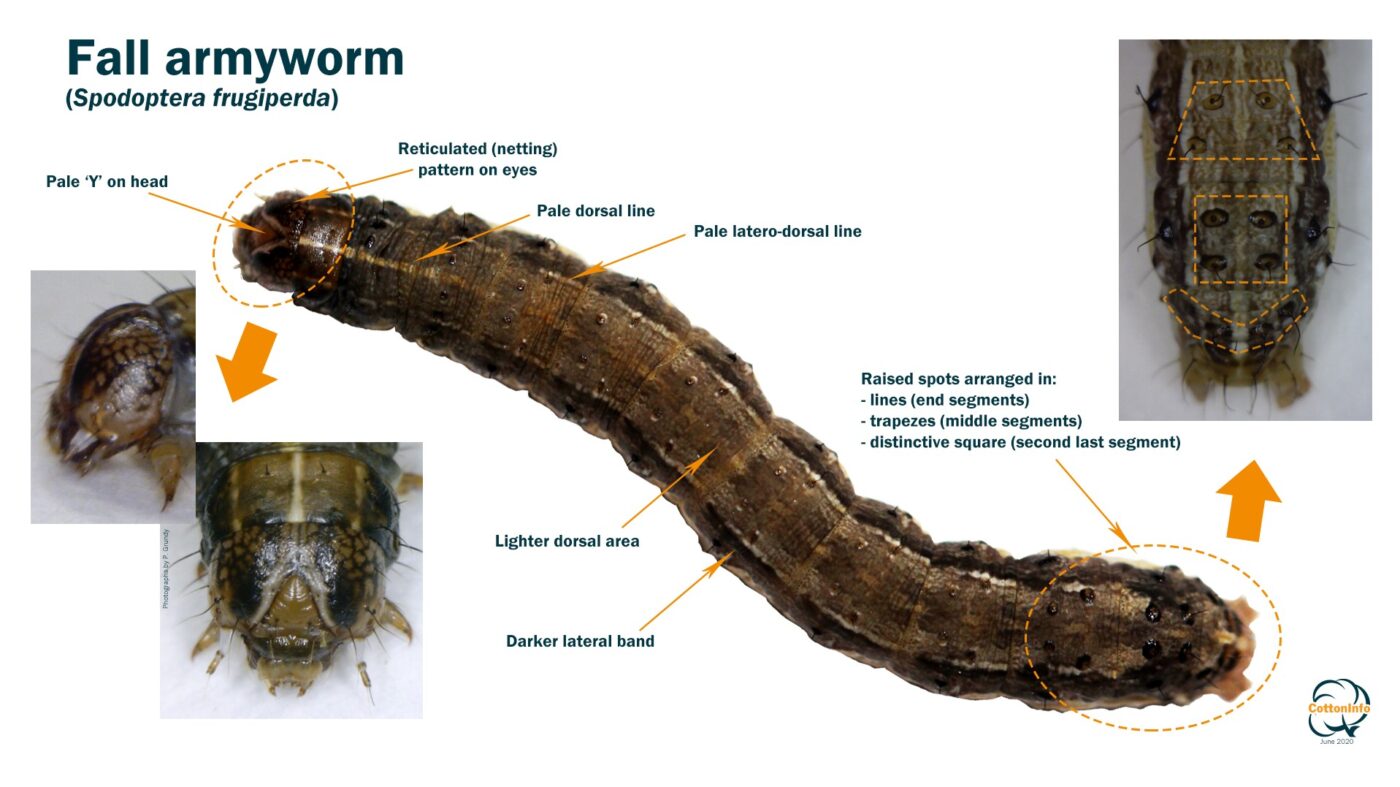As many of you may have noticed, COVID-19 wasn’t the only unwelcome visitor to reach our shores in 2020. Alongside the global pandemic, the Fall Armyworm (FAW) began making its presence known across our fields.
With a voracious appetite for a wide variety of crops, this pest has quickly turned into a major headache for many, and this season is looking like the worse we’ve seen yet. So, let’s roll up our sleeves and dive into what makes this pest tick and how we can keep our crops safe.
Since 2020, it’s been a whirlwind tour for this hungry critter—spotted in Queensland in February 2020, the Northern Territory a month later, and even reaching as far as Kununurra and Broome in Western Australia. By the end of that year, it had touched down near Moree in New South Wales and even found a spot in East Gippsland, Victoria.
Originating from the American tropics, the FAW is far more than a typical pest. It’s more like the title character from that cherished children’s book, “The Very Hungry Caterpillar,” yet with far less charm and a much greater appetite. Since its arrival, the pest has been sampling a wide range of our crops, not limited to its favorites—maize, sweet corn, and sorghum. Understanding exactly what these ‘very hungry caterpillars’ are capable of is crucial to staying ahead of any potential infestations.
Life Cycle:
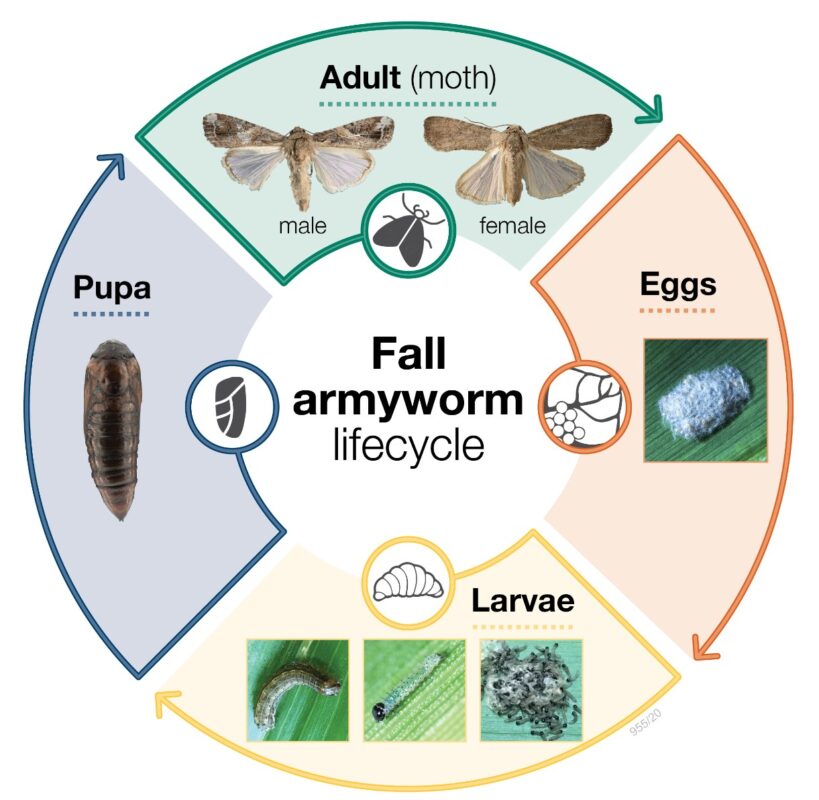
Let’s quickly walk through the life of a FAW. In perfect weather around 28ºC, these pests can hatch, grow, and fly off as moths all within 30 days. The cycle kicks off when the female moth lays clusters of up to 200 eggs shortly after mating. These hatch in just a few days on the undersides of leaves. The caterpillars then power through their growth stages in about two to three weeks before hitting the soil to pupate. They thrive in warm conditions and don’t handle cold snaps or frost well. Understanding their cycle is key to controlling them effectively.
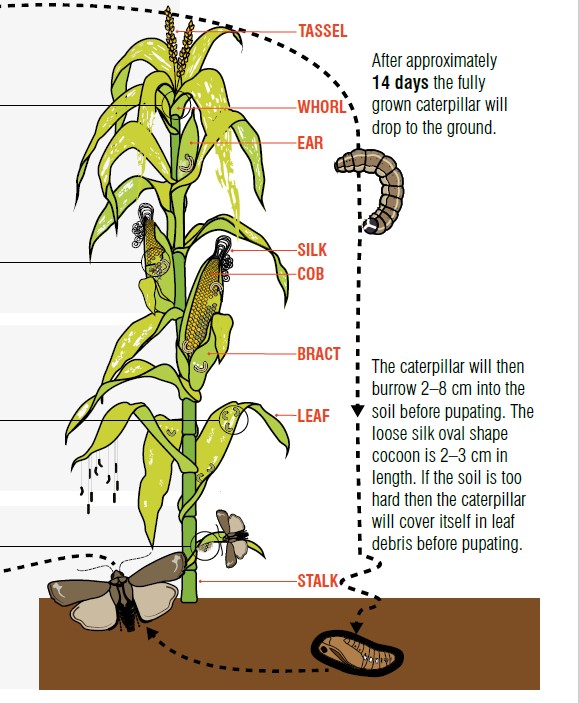
Identifying FAW:
Egg:
- Less than 0.5mm across.
- Typically covered by pale, ‘furry’ scales in clusters.
Larvae:
- Can grow as long as 40mm.
- Initially translucent with a dark head when hatched.
- Colour of young larvae ranges from light green to brown.
- Older larvae display lengthwise stripes, a distinct pale ‘Y’ shaped mark on their heads, and prominent dark spots near their rear.
Pupae:
- Reddish-brown in colour.
- Approximately 15mm in length.
- Commonly located in the soil beneath the host plant.
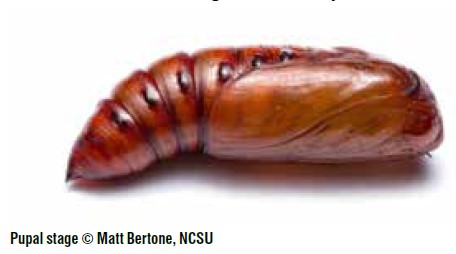
Adults:
- Moths are active at night.
- Body length is 16–17mm, with a wingspan ranging from 32 to 40mm.
- Forewings are mottled with grey and reddish-brown shades.
- Males exhibit more intricate patterns compared to females.
Female

Male
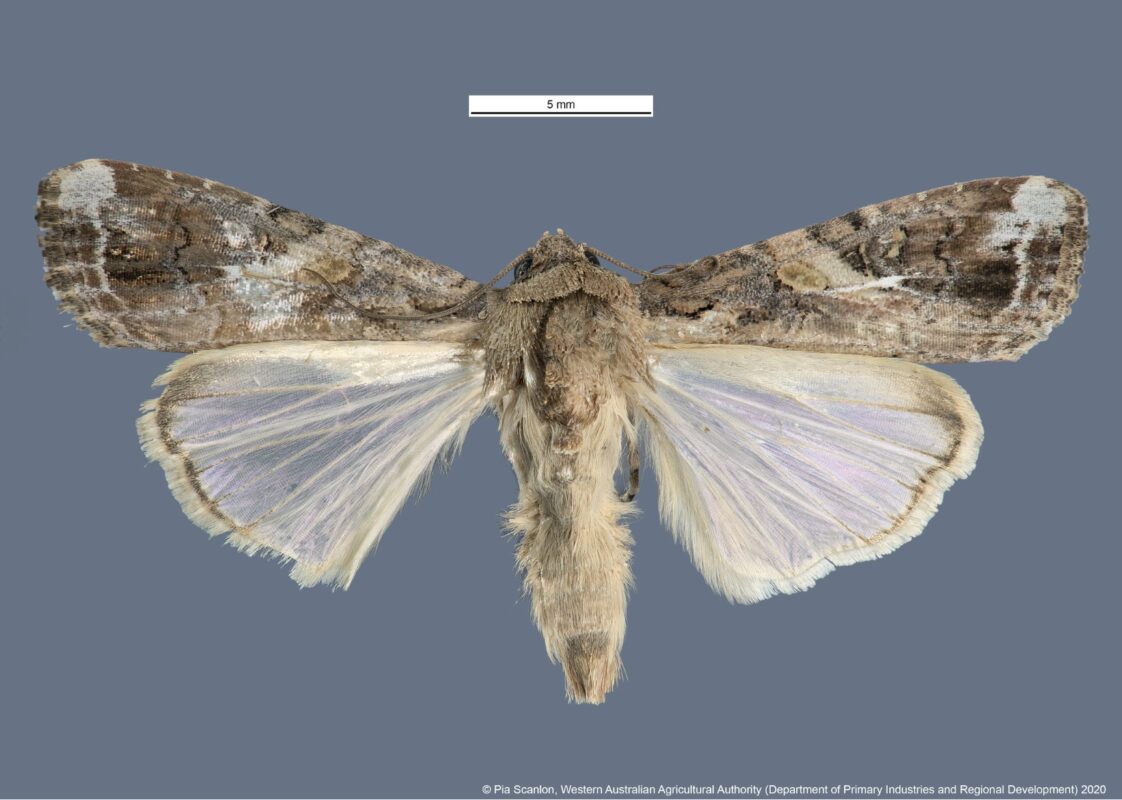
What You Can Do:
- Monitor Your Crops
Regularly inspect for signs of FAW infestation, particularly egg masses and early-stage larvae. The earlier you can spot an infestation the quicker you can implement some controls.
- Stay Updated
Keep an eye on the latest developments and guidelines on managing an infestation. Some great resources can be found here
- Report Sightings
Utilise the Exotic Plant Pest Hotline to report any unusual pest activity, helping facilitate rapid and effective management responses. 1800 084 881
Dealing with the FAW is definitely a team effort and a bit of a long haul, much like the global challenges we’ve faced since COVID-19 hit. We need to keep our eyes open, work together on research and management plans, and stay sharp with our monitoring efforts. This way, we can keep this pesky intruder in check.
For practical management tips and resources, don’t forget to check out the Plant Health Australia website and get involved with your local agricultural extension services.
Plant Health Australia- Fall armyworm site: https://www.planthealthaustralia.com.au/fall-armyworm/

